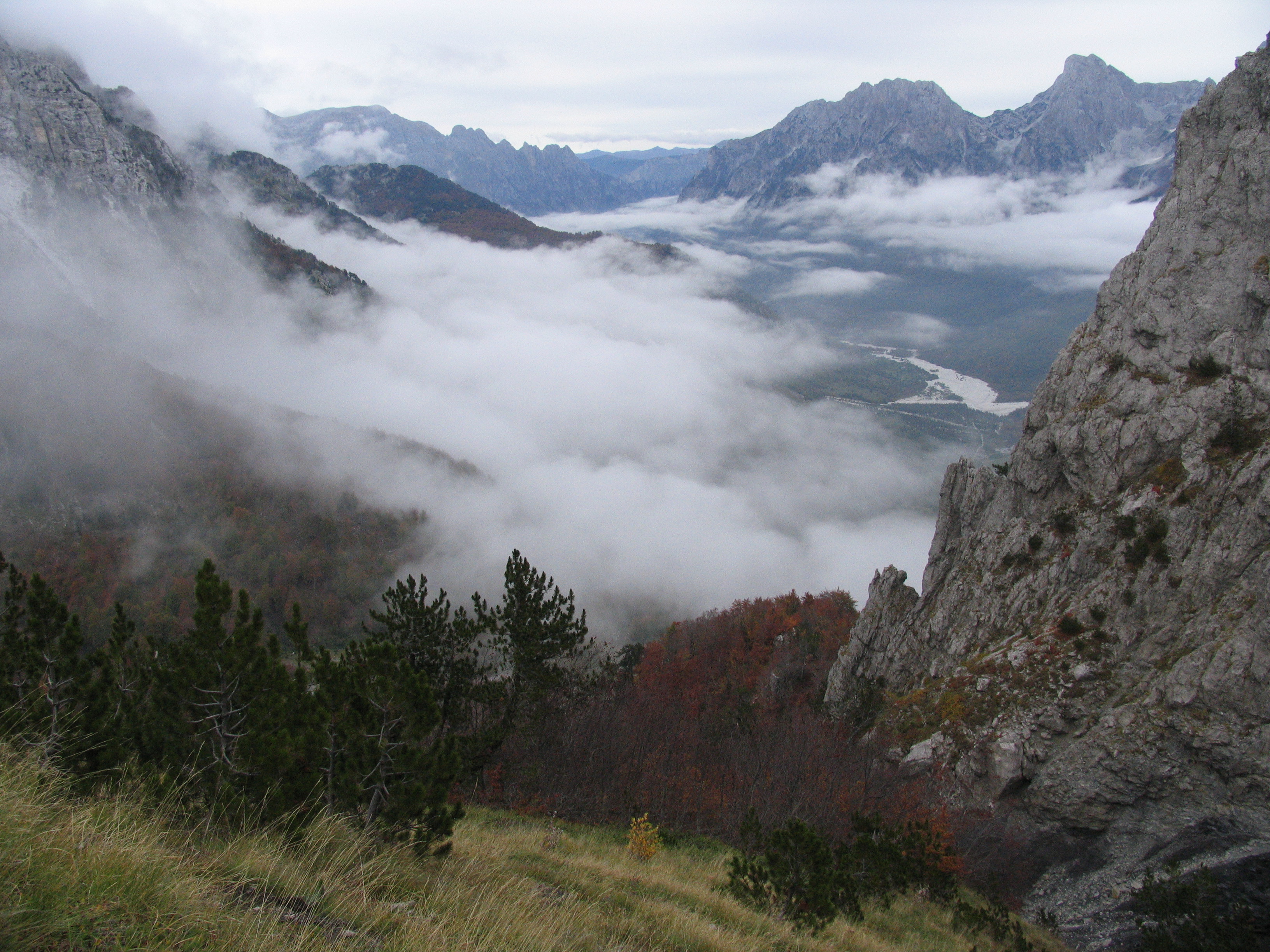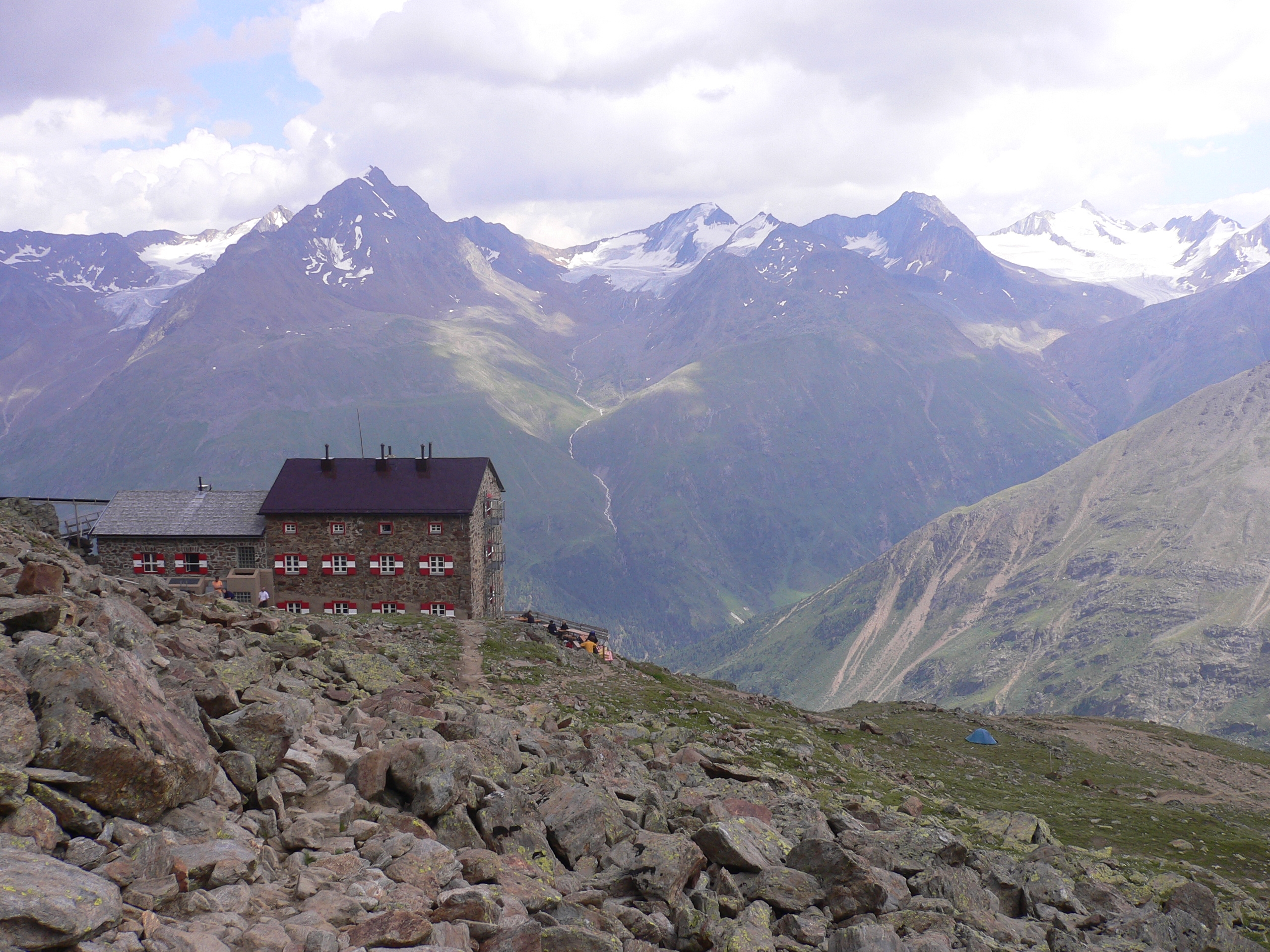|
Mosor
Mosor ( la, Massarus), or Mount Mosor (''Massarus Mons''; it, Monte Massaro), is a mountain range in Croatia located near the city of Split on the Adriatic coast. It belongs to Dinaric Alps, and it stretches from the pass of Klis in the northwest to the Cetina River in the southeast. The highest peak is the eponymous Mosor peak at 1,339 m.a.s.l. There are no inhabited areas on the mountain above 600 metres. Mosor is mainly composed of karst — limestone rocks. It attracts mountaineers from Croatia. There are two alpine hut A mountain hut is a building located high in the mountains, generally accessible only by foot, intended to provide food and shelter to mountaineers, climbers and hikers. Mountain huts are usually operated by an Alpine Club or some organization d ...s and many mountaineering paths on Mosor. References External links Croatian climbing club "Mosor" (''Hrvatsko planinarsko društvo "Mosor"'') Mountain ranges of Croatia Landforms of Split-Dalmatia C ... [...More Info...] [...Related Items...] OR: [Wikipedia] [Google] [Baidu] |
Split, Croatia
)'' , settlement_type = List of cities and towns in Croatia, City , anthem = ''Marjane, Marjane'' , image_skyline = , imagesize = 267px , image_caption = Top: Nighttime view of Split from Mosor; 2nd row: Cathedral of Saint Domnius; City center of Split; 3rd row: View of the city from Marjan, Split, Marjan Hill; Night in Poljička Street; Bottom: ''Riva'' waterfront , image_flag = Flag of the City of Split.svg , flag_size = 150px , flag_link = Flag of Split , image_seal = , seal_size = , image_shield = Coat of arms of Split.svg , shield_size = 90px , shield_link = Coat of arms of Split , image_map = , mapsize = , map_caption = Map of the Split city area. , image_map1 = , mapsize1 = , map_caption1 = ... [...More Info...] [...Related Items...] OR: [Wikipedia] [Google] [Baidu] |
Split-Dalmatia County
Split-Dalmatia County ( hr, Splitsko-dalmatinska županija ) is a central-southern Dalmatian county in Croatia. The administrative center is Split. The population of the county is 455,242 (2011). The land area is 14.106,40 km2. Split-Dalmatia County is Croatia's most rapidly urbanising and developing region, as economic opportunities and living standards are among the highest alongside capital Zagreb and Istria County. Physically, the county is divided into three main parts: an elevated hinterland (''Dalmatinska zagora'') with numerous karst fields; a narrow coastal strip with high population density; and the islands. Parts of the Dinaric Alps, including Dinara itself, form the border with Bosnia and Herzegovina while the Kozjak, Mosor and Biokovo mountains separate the coastal strip from the hinterland. Important economic activities include agriculture, manufacturing and fishing, though the most important one is tourism. Split-Dalmatia County is Croatia's biggest county ... [...More Info...] [...Related Items...] OR: [Wikipedia] [Google] [Baidu] |
Dinaric Alps
The Dinaric Alps (), also Dinarides, are a mountain range in Southern and Southcentral Europe, separating the continental Balkan Peninsula from the Adriatic Sea. They stretch from Italy in the northwest through Slovenia, Croatia, Bosnia and Herzegovina, Serbia, Montenegro, and Kosovo to Albania in the southeast. The Dinaric Alps extend for approximately along the western Balkan peninsula from the Julian Alps of the northeast Italy, downwards to the Šar and Korab massif, where their direction changes. The Accursed Mountains, is the highest section of the entire Dinaric Alps; this section stretches from Albania to Kosovo and eastern Montenegro. Maja Jezercë is the highest peak and is located in Albania, standing at Metres above the Adriatic, above the Adriatic. The Dinaric Alps are one of the most rugged and extensive mountainous areas of Europe, alongside the Caucasus Mountains, Alps, Pyrenees, Carpathian Mountains and Scandinavian Mountains. They are formed largely of Mesoz ... [...More Info...] [...Related Items...] OR: [Wikipedia] [Google] [Baidu] |
Cetina River
Cetina () is a river in southern Croatia. It has a length of and its basin covers an area of . From its source, Cetina descends from an elevation of above sea level to the Adriatic Sea. It is the most water-rich river in Dalmatia.Naklada Naprijed, ''The Croatian Adriatic Tourist Guide'', pg. 258, Zagreb (1999), Geography and geology Cetina has its source in the northwestern slopes of Dinara. Rising from a spring at Milasevo near a small village called Cetina, north of Vrlika, it flows to the Adriatic Sea. A large artificial lake begins near Vrlika, the Peruća Lake, which was created by a dam some downstream. Cetina then passes into the lower portion of the Sinj karst field, through the city of Sinj. After that it runs eastward, through the city of Trilj and then back westward around the Mosor mountain, before flowing into the Adriatic in the city of Omiš. Apart from its visible basin, the Cetina also receives a lot of water from the west Bosnian karst field via undergro ... [...More Info...] [...Related Items...] OR: [Wikipedia] [Google] [Baidu] |
Croatia
, image_flag = Flag of Croatia.svg , image_coat = Coat of arms of Croatia.svg , anthem = "Lijepa naša domovino"("Our Beautiful Homeland") , image_map = , map_caption = , capital = Zagreb , coordinates = , largest_city = capital , official_languages = Croatian , languages_type = Writing system , languages = Latin , ethnic_groups = , ethnic_groups_year = 2021 , religion = , religion_year = 2021 , demonym = , government_type = Unitary parliamentary republic , leader_title1 = President , leader_name1 = Zoran Milanović , leader_title2 = Prime Minister , leader_name2 = Andrej Plenković , leader_title3 = Speaker of Parliament , leader_name3 = Gordan Jandroković , legislature = Sabor , sovereignty_type ... [...More Info...] [...Related Items...] OR: [Wikipedia] [Google] [Baidu] |
Adriatic Coast
The Adriatic Sea () is a body of water separating the Italian Peninsula from the Balkan Peninsula. The Adriatic is the northernmost arm of the Mediterranean Sea, extending from the Strait of Otranto (where it connects to the Ionian Sea) to the northwest and the Po Valley. The countries with coasts on the Adriatic are Albania, Bosnia and Herzegovina, Croatia, Italy, Montenegro, and Slovenia. The Adriatic contains more than 1,300 islands, mostly located along the Croatian part of its eastern coast. It is divided into three basins, the northern being the shallowest and the southern being the deepest, with a maximum depth of . The Otranto Sill, an underwater ridge, is located at the border between the Adriatic and Ionian Seas. The prevailing currents flow counterclockwise from the Strait of Otranto, along the eastern coast and back to the strait along the western (Italian) coast. Tidal movements in the Adriatic are slight, although larger amplitudes are known to occur occasionally ... [...More Info...] [...Related Items...] OR: [Wikipedia] [Google] [Baidu] |
Limestone
Limestone ( calcium carbonate ) is a type of carbonate sedimentary rock which is the main source of the material lime. It is composed mostly of the minerals calcite and aragonite, which are different crystal forms of . Limestone forms when these minerals precipitate out of water containing dissolved calcium. This can take place through both biological and nonbiological processes, though biological processes, such as the accumulation of corals and shells in the sea, have likely been more important for the last 540 million years. Limestone often contains fossils which provide scientists with information on ancient environments and on the evolution of life. About 20% to 25% of sedimentary rock is carbonate rock, and most of this is limestone. The remaining carbonate rock is mostly dolomite, a closely related rock, which contains a high percentage of the mineral dolomite, . ''Magnesian limestone'' is an obsolete and poorly-defined term used variously for dolomite, for limes ... [...More Info...] [...Related Items...] OR: [Wikipedia] [Google] [Baidu] |
Mountain Hut
A mountain hut is a building located high in the mountains, generally accessible only by foot, intended to provide food and shelter to mountaineers, climbers and hikers. Mountain huts are usually operated by an Alpine Club or some organization dedicated to hiking or mountain recreation. They are known by many names, including alpine hut, mountain shelter, mountain refuge, mountain lodge, and mountain hostel. It may also be called a refuge hut, although these occur in lowland areas (e.g. lowland forests) too. Mountain huts can provide a range of services, starting with shelter and simple sleeping berths. Some, particularly in remote areas, are not staffed, but others have staff which prepare meals and drinks and can provide other services, including providing lectures and selling clothing and small items. Mountain huts usually allow anybody to access their facilities, although some require reservations. While shelters have long existed in mountains, modern hut systems date back ... [...More Info...] [...Related Items...] OR: [Wikipedia] [Google] [Baidu] |
Mountain Ranges Of Croatia
A mountain is an elevated portion of the Earth's crust, generally with steep sides that show significant exposed bedrock. Although definitions vary, a mountain may differ from a plateau in having a limited summit area, and is usually higher than a hill, typically rising at least 300 metres (1,000 feet) above the surrounding land. A few mountains are isolated summits, but most occur in mountain ranges. Mountains are formed through tectonic forces, erosion, or volcanism, which act on time scales of up to tens of millions of years. Once mountain building ceases, mountains are slowly leveled through the action of weathering, through slumping and other forms of mass wasting, as well as through erosion by rivers and glaciers. High elevations on mountains produce colder climates than at sea level at similar latitude. These colder climates strongly affect the ecosystems of mountains: different elevations have different plants and animals. Because of the less hospitable terrain and ... [...More Info...] [...Related Items...] OR: [Wikipedia] [Google] [Baidu] |
.jpg)





